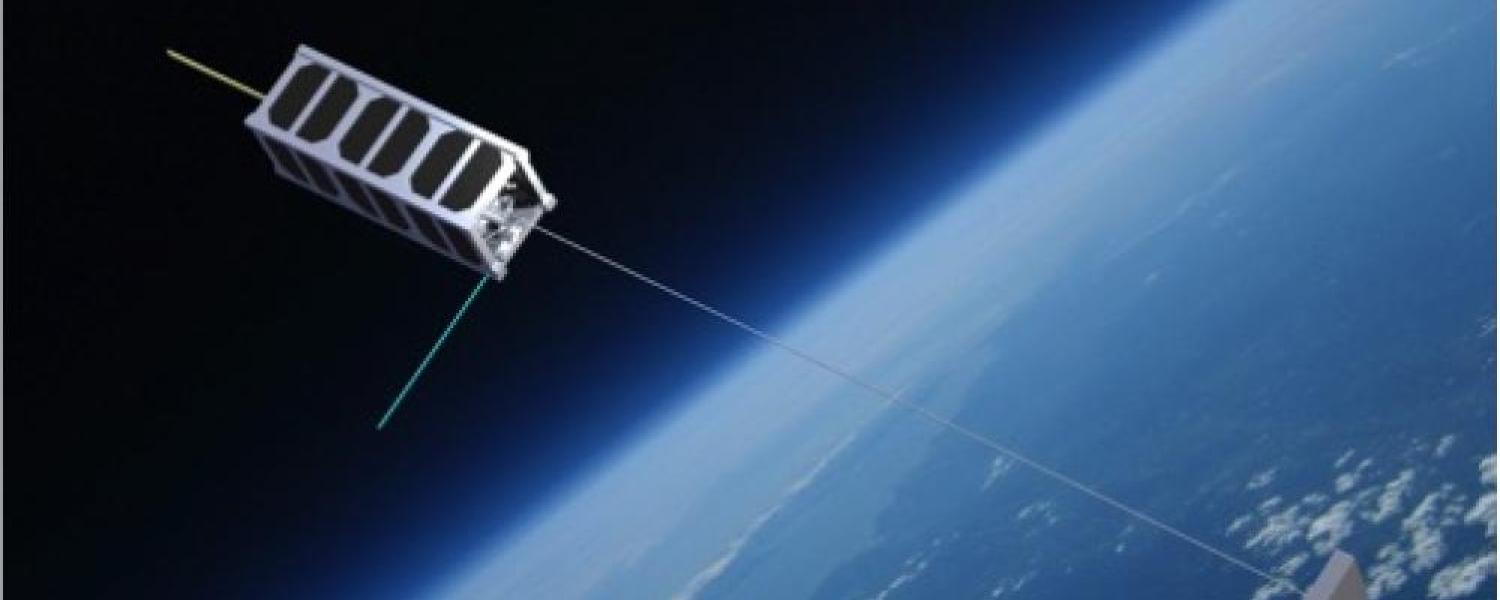
Miniature Tether Electrodynamics Experiment (MiTEE) Proof-of-Concept Space Mission Design
University
Goals
This team has students tasked with the design of a nanospacecraft and space mission that will help us better understand the feasibility of a novel propulsion technology – miniature electrodynamic (ED) tethers – a means to provide propellantless propulsion to new classes of very small satellites known as picosats and femtosats. Picosats and femtosats can be the size of your smartphone and smaller. Traditional space missions employ one or a few massive spacecraft that make sophisticated, remote, or in situ single-point measurements. However, coordinated fleets (tens to hundreds) of relatively-simple pico- or femtosats could provide the game-changing ability to perform simultaneous, multi-point measurements in space or, alternatively, compose elements in a sparse, space-based, reconfigurable antenna array. These capabilities could fundamentally transform the monitoring of natural disasters, space weather, and the broader space environment.
Desired Majors
Space Engineering
Physics
Mechanical Engineering
Materials Science and Engineering
Electrical Engineering
Computer Science
Computer Engineering
Business Administration
Aerospace Engineering
Prep
circuit design, prototyping, electrical engineering, any circuit building experience, circuit design, prototyping, electrical engineering, knowledge of electromagnetism, any circuit building experience, any experience with electromagnetism/wireless communications, taking/taken EECS 230, taken/taking EECS 411/430, dynamic modeling/analysis, control system design, validation, any circuit building experience, embedded system design, programming, mechanical design, machining/prototyping, heat transfer and mechanical modeling, experience with manufacturing and structural analysis, Requirements: interest in project material, willingness to develop skills.